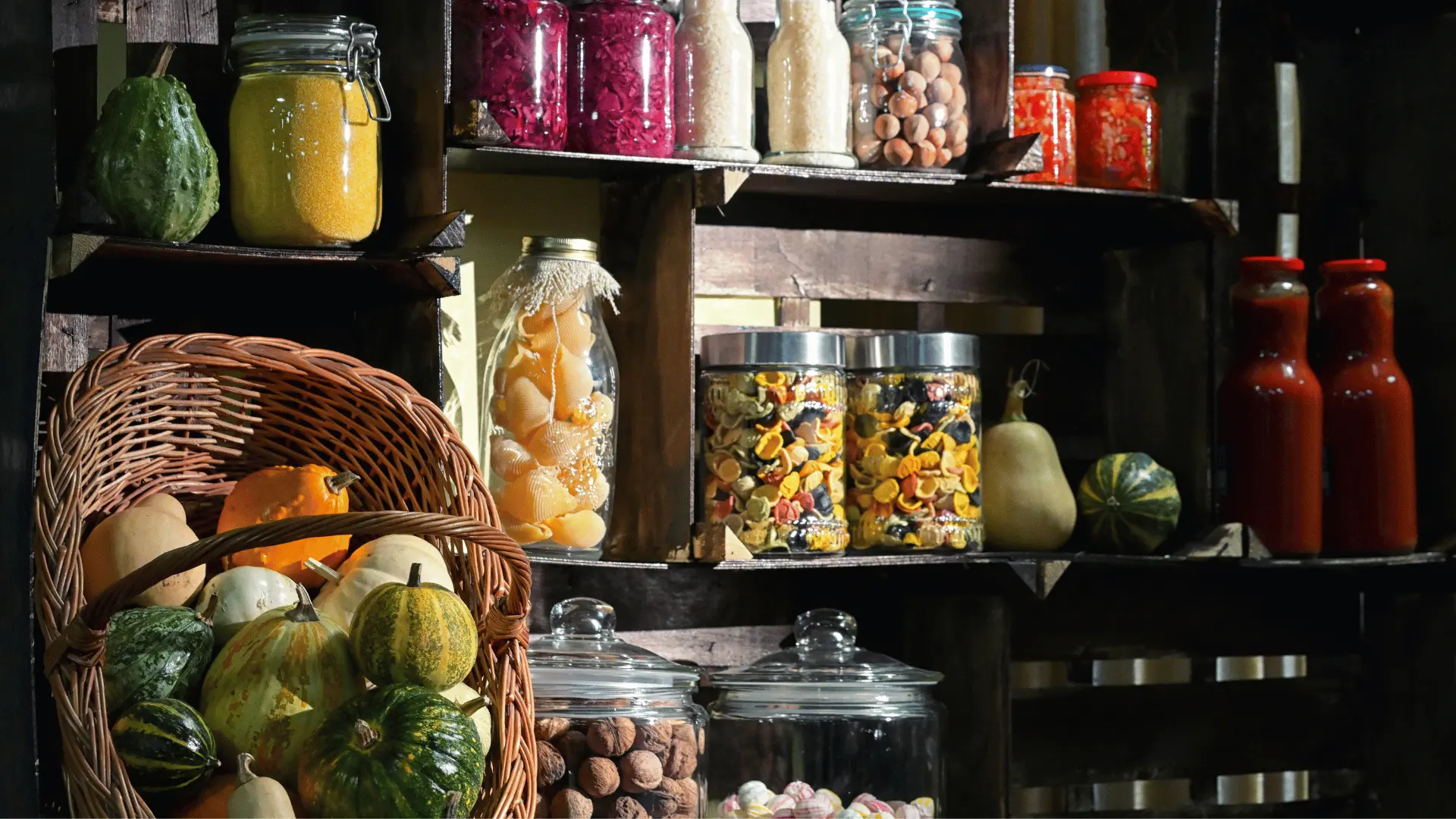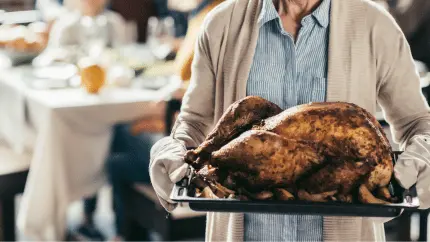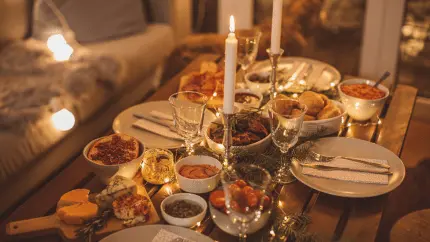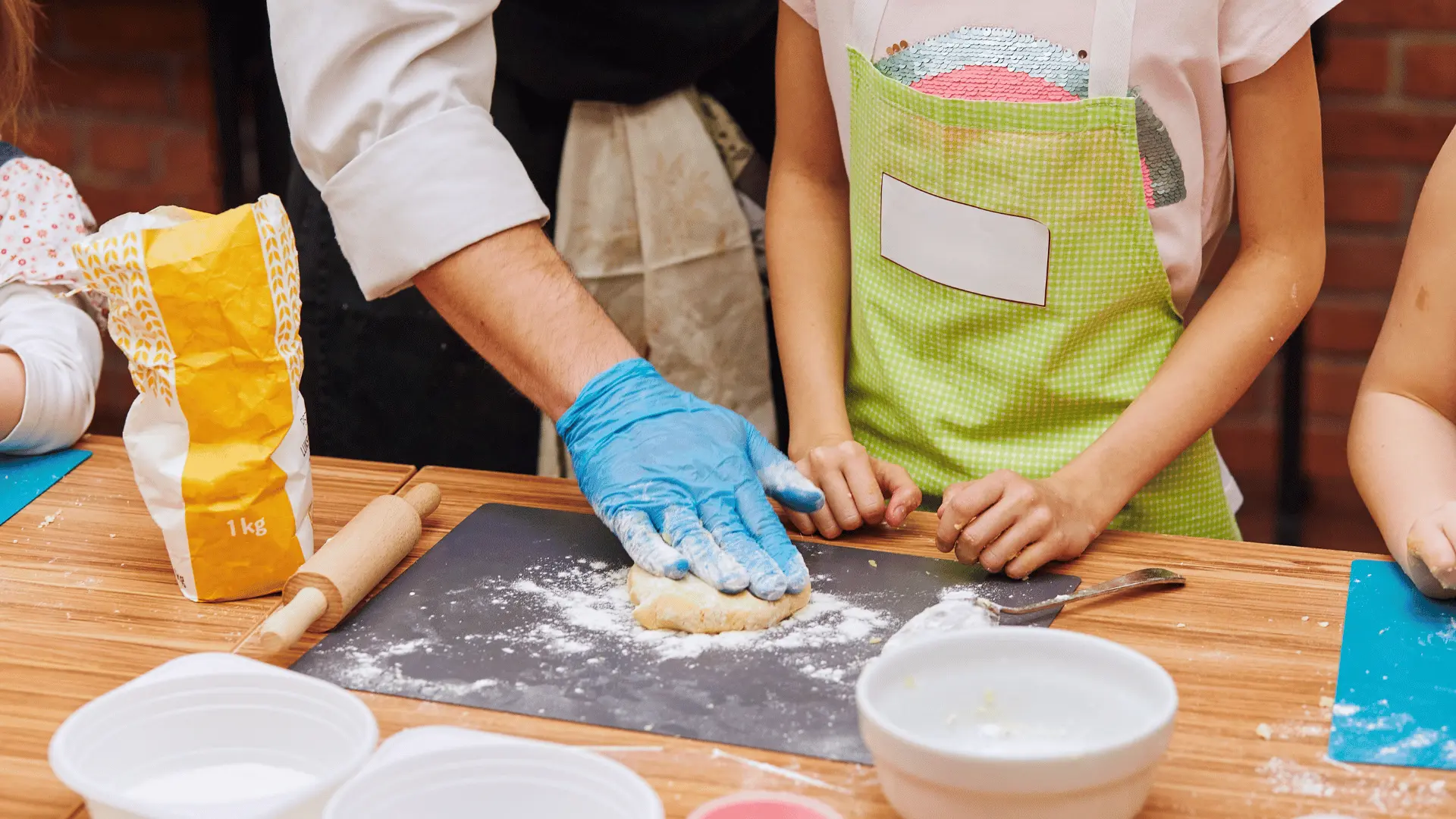
The Budget Pantry Interview: Great Food When Money Was Tight
Not every family story is about feast days and fancy ingredients. Some of the most meaningful recipes come from the times when money was tight, groceries were limited, and creativity became the secret ingredient that pulled everything together. These meals were born out of necessity, but they were seasoned with care, resourcefulness, and love. They remind us that great food doesn’t always come from abundance—it often comes from the ability to make something wonderful out of almost nothing.
That’s the spirit behind The Budget Pantry Interview—a set of thoughtful, respectful prompts designed to help you talk with parents, grandparents, or anyone who once had to make a little go a long way. By capturing these memories, we preserve more than just recipes. We save stories of resilience, resourcefulness, and the kind of wisdom that never goes out of style.
Why These Stories Matter
Food memories don’t just tell us what was on the table—they tell us what life was like. They reveal the challenges families faced, the choices they made, and how they kept joy alive even when times were uncertain. Asking about the meals made during lean years can be emotional, but it’s also deeply meaningful. These recipes represent survival, strength, and creativity at their best.
For many families, these dishes still show up at gatherings—not out of need, but out of nostalgia. A simple pot of beans, a skillet of cornbread, or a pan of leftover vegetable stew carries the taste of perseverance and the comfort of tradition. Documenting these stories in Recipe Memory helps future generations understand that good food isn’t always about spending more—it’s about caring more.
How to Approach the Conversation
Money can be a sensitive topic, especially when connected to hard times. Approach these interviews with empathy and gratitude. The goal isn’t to highlight struggle, but to honor creativity and strength. Let your loved ones share what they’re comfortable with, and focus on what they learned, what they made, and how they made it work.
Start by creating a safe and warm environment—maybe while cooking together or sharing a simple meal. Encourage them to tell stories that celebrate ingenuity, rather than scarcity. If you’re recording or typing notes in Recipe Memory, let them know that these memories will live on as part of your family’s collective recipe history.
20 Thoughtful Prompts for The Budget Pantry Interview
Use these questions to guide your conversation. They’re designed to inspire memories about flavor, creativity, and the resourceful ways families brought meals to life even on a small budget.
- What were the most common ingredients you always had in the house?
- Was there a dish you made often because it stretched ingredients or filled everyone up?
- What’s one recipe that felt like a treat, even when money was tight?
- Did you have a favorite inexpensive ingredient that could make anything taste better?
- How did you decide what meals to cook when there wasn’t much in the pantry?
- Were there certain meals that lasted several days or could be repurposed into something new?
- Who taught you how to cook resourcefully, and what lessons did they pass down?
- Did you ever grow, forage, or trade for ingredients?
- What’s a creative swap you made that ended up tasting even better than the original recipe?
- Were there certain flavors or spices you relied on to make simple meals taste special?
- What’s one meal you made that everyone loved, no matter how humble the ingredients were?
- Did you have a go-to meal for when guests came over, even if money was tight?
- Was there ever a time you had to invent a recipe on the spot? How did it turn out?
- What’s a food memory from those times that still makes you smile today?
- Were there any meals you learned to make from neighbors or friends in similar situations?
- What kinds of ingredients were considered luxuries back then?
- How did you make meals feel special for birthdays, holidays, or Sundays when the budget was small?
- Did you have any cooking tips that helped save money without sacrificing flavor?
- What’s one piece of kitchen advice you would pass on to someone cooking on a budget today?
- If you could share one lesson from that time, what would it be?
The Clever Swaps and Flavor Boosters That Defined Those Years
Every generation has its own version of kitchen ingenuity. During tight times, families often became experts at making the most of what they had. These are some of the simple strategies that might come up in your conversations:
- Stretching proteins: Adding beans, lentils, or vegetables to ground meat to make it last longer.
- Repurposing leftovers: Turning yesterday’s roast into soup, sandwiches, or casseroles.
- Homemade flavor bases: Making broths or stocks from bones and vegetable scraps instead of store-bought versions.
- Smart substitutions: Using baking soda and vinegar as leavening, powdered milk instead of fresh, or oatmeal in place of breadcrumbs.
- Simple seasonings: Garlic, onions, or a splash of vinegar to brighten flavor without expensive sauces.
- From scratch basics: Baking bread, biscuits, or tortillas instead of buying them ready-made.
These creative habits didn’t just fill plates—they built a generation of intuitive cooks. Capturing them ensures that wisdom continues, even in an age of convenience foods and endless delivery options.
Recording the Stories in Recipe Memory
Once you’ve finished your interview, add each recipe and its story to your digital family cookbook in Recipe Memory. Include notes about the original context—how the recipe came to be, what ingredients were substituted, or what memories surround it. Tag each one as part of your Budget Pantry Collection to make it easy to revisit and share later.
Consider adding photos of the handwritten recipe cards, old cookware, or family dinners. Even a short audio clip of your loved one describing how they used to make it can bring the story to life for future generations. These small details transform a recipe from a list of steps into a living piece of history.
From Scarcity to Legacy
When we talk about the meals made during difficult times, we often discover more than kitchen tricks. We uncover resilience, humor, and gratitude. Those moments taught families that joy didn’t depend on having everything—it came from making the most of what they had and sharing it with others. That spirit is worth preserving as much as any heirloom recipe.
And when we revisit those dishes today, we often find that they still hold their own. A pot of beans cooked slowly with onion and a bay leaf can be every bit as satisfying as a restaurant meal. A simple bread pudding made from stale bread can taste like comfort in its purest form. These meals prove that flavor doesn’t have to be expensive, and tradition doesn’t have to be elaborate.
Start Your Own Budget Pantry Interview
Pick one person in your family who lived through a time when meals required ingenuity—maybe during the Great Depression, wartime rationing, or simply leaner years at home. Ask them about the foods that kept everyone fed and how they made them. Use the questions above, record the stories, and save them in Recipe Memory so they never fade away.
Because sometimes, the recipes that mattered most weren’t the ones with fancy ingredients—they were the ones that brought comfort, nourishment, and hope when it mattered most.
Love what you’re reading?
Join Recipe Memory today to save your favorite recipes, plan meals with ease, and create smart grocery lists ...all in one place.







